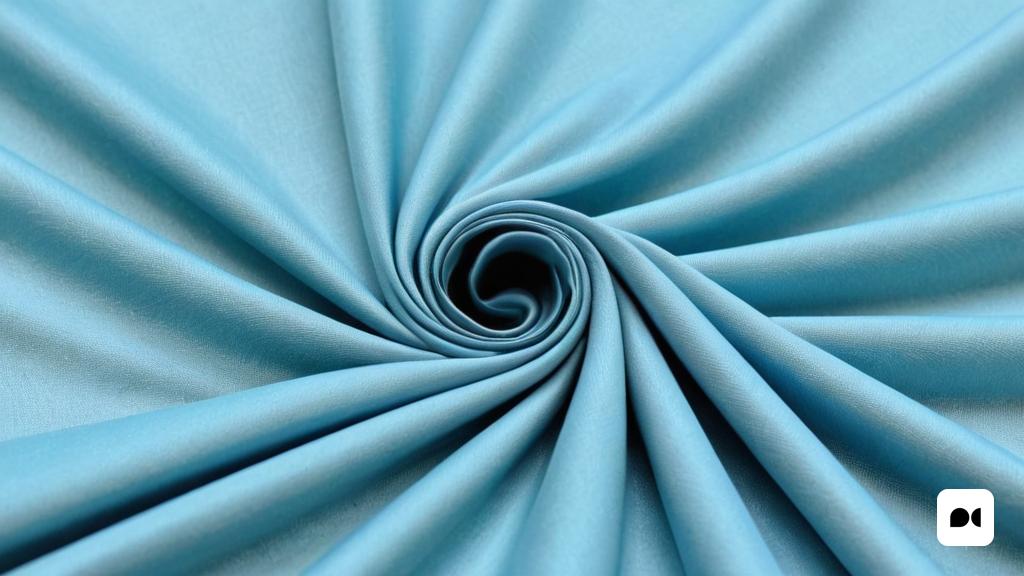Introduction
When talking about fabrics, it is common to differentiate between natural fibers such as wool, linen, cotton or silk, and synthetic fibers such as polyester, rayon or nylon. However, there is another category that often goes unnoticed: semi-synthetic fibers. In this article, we will explore in detail these unique fibers and their importance in the world of fashion and clothing.
What are semi-synthetic fibers?
Semi-synthetic fibres are those obtained through chemical processes applied to cellulose, which can come from wood or agricultural waste. Some of the best-known semi-synthetic fibres are viscose, cellulose acetate and Lyocell. These fibres offer unique characteristics that distinguish them from natural and synthetic fibres.
Lyocell: a sustainable and versatile fiber
Among semi-synthetic fibers, Lyocell stands out as one of the most sustainable. It is obtained from the cellulose of eucalyptus wood or other plant elements, using a closed cycle in which the chemicals can be reused. This means that its production does not generate by-products harmful to the environment. Additionally, Lyocell is a fiber that does not absorb odors as quickly as other fabrics, meaning it does not need to be washed as frequently.
Viscose: an option to consider
Viscose is another semi-synthetic fiber widely used in the textile industry. It is obtained from regenerated cellulose, which is dissolved with carbon disulfide and converted into continuous yarn through a wetting process. While viscose may not be as sustainable as Lyocell, its environmental impact depends largely on the origin of the cellulose used. In general, semi-synthetic fibers are more or less sustainable depending on the origin of the cellulose used as the base material.
Other semi-synthetic fibers
In addition to Lyocell and viscose, there are other semi-synthetic fibers on the market. For example, cupro is made from cellulose from flax or cotton waste soaked in cuproammonium. Like Lyocell, cupro’s production process is closed and uses biodegradable and reusable chemicals. These fibers offer an interesting alternative for those looking for more sustainable options in the textile industry.
Conclusion
Semi-synthetic fibers represent a unique category in the world of fabrics. Their production from cellulose and their versatility make them an option to consider for those looking for sustainable alternatives in fashion and clothing. Lyocell stands out as one of the most sustainable semi-synthetic fibers, while viscose offers a more affordable option. Exploring these fibers and understanding their impact on the environment is essential to making informed decisions as conscious consumers.




